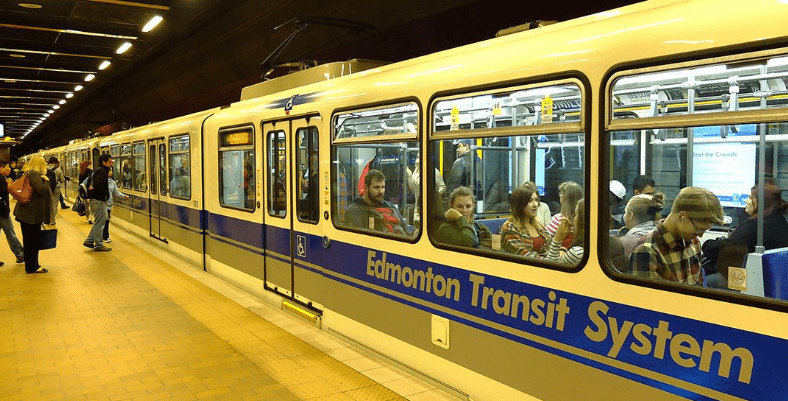It’s no secret that the first and oldest metro was established in London in 1863. The initial line was just 4 miles long, but on its first day of operation, an impressive 38,000 passengers were successfully transported.
Each subsequent year, other cities began to adopt this luxury. In the second half of the 20th century, the citizens of Edmonton began to move underground, namely in 1978. However, nothing happens on its own. All of this was preceded by paperwork and manual labor. For more information, please visit the website edmonton-future.
The idea and the first brick

The task of preparing everything for the start of construction was given to Bechtel Ltd, a company that existed in our city. It happened in 1962, and after 12 years, the company was given carte blanche with a budget of 65 million dollars.
The “first brick” was laid in 1972. Six years later, in 1978, the residents of Edmonton joined the cohort of cities in the world that had such a luxury.
There is a stereotype that metros are only built in cities with a population of over 1 million people. However, it did not apply to Edmonton. At the time of its opening in 1978, the city had a population of 445,000. Here, the myth mentioned earlier was dispelled. This fact is not the only interesting one. The people of Edmonton were the first in North America and Western Canada to enjoy such technological conveniences.
The construction work was completed in 1977, while testing continued for one more year to ensure passenger safety. That same year, the Commonwealth Games, a world-famous sporting event, took place. It is unknown whether the opening of the metro was timed to coincide with the games or not.
The metro line, which ran from the Belvedere to the Churchill station via Stadium and Coliseum, was 6.9 kilometers long.
In the early years of operation, as in most cities around the world, it was hard to imagine the Edmonton metro station without observation booths, where unhappy workers sat and regular average turnstiles. Later, the metro stations were equipped with specialized payment machines, which significantly reduced the number of personnel.
The XXI century

At the turn of the 20th and 21st centuries, all the necessary mechanisms for passengers with disabilities first appeared at Edmonton’s metro stations to make their ride easier.
During this period, stations such as Belvedere and Clareview were slightly extended due to the increase in cars, in order to accommodate all five cars of the rolling stock. From this, one can make a simple conclusion that passenger traffic began to grow. Thus, in the first years of the new millennium, it increased by almost 80 percent.
At that time, the metro network consisted of two lines, blue and red, and had 18 stations. Their total length reached 16 kilometers with the onset of the 21st century. It is easy to guess that the average distance between stations was almost 1 kilometer.
As of 2014, the Edmonton metro system carried nearly 100,000 passengers daily.
In a world where everything is constantly changing and updating, our relatively young metro system strives to keep up with the likes of London and other cities, and periodically undergoes changes and modernization. In 2014, a branch was opened between the Churchill and NAIT stations.
It is no surprise to anyone that there will be many more changes and additions in the future.
For some, the Edmonton metro may still be relatively new, but it can already serve as an example for other counterparts in cities around the world, and all we can do is enjoy and take pride in this fact.


